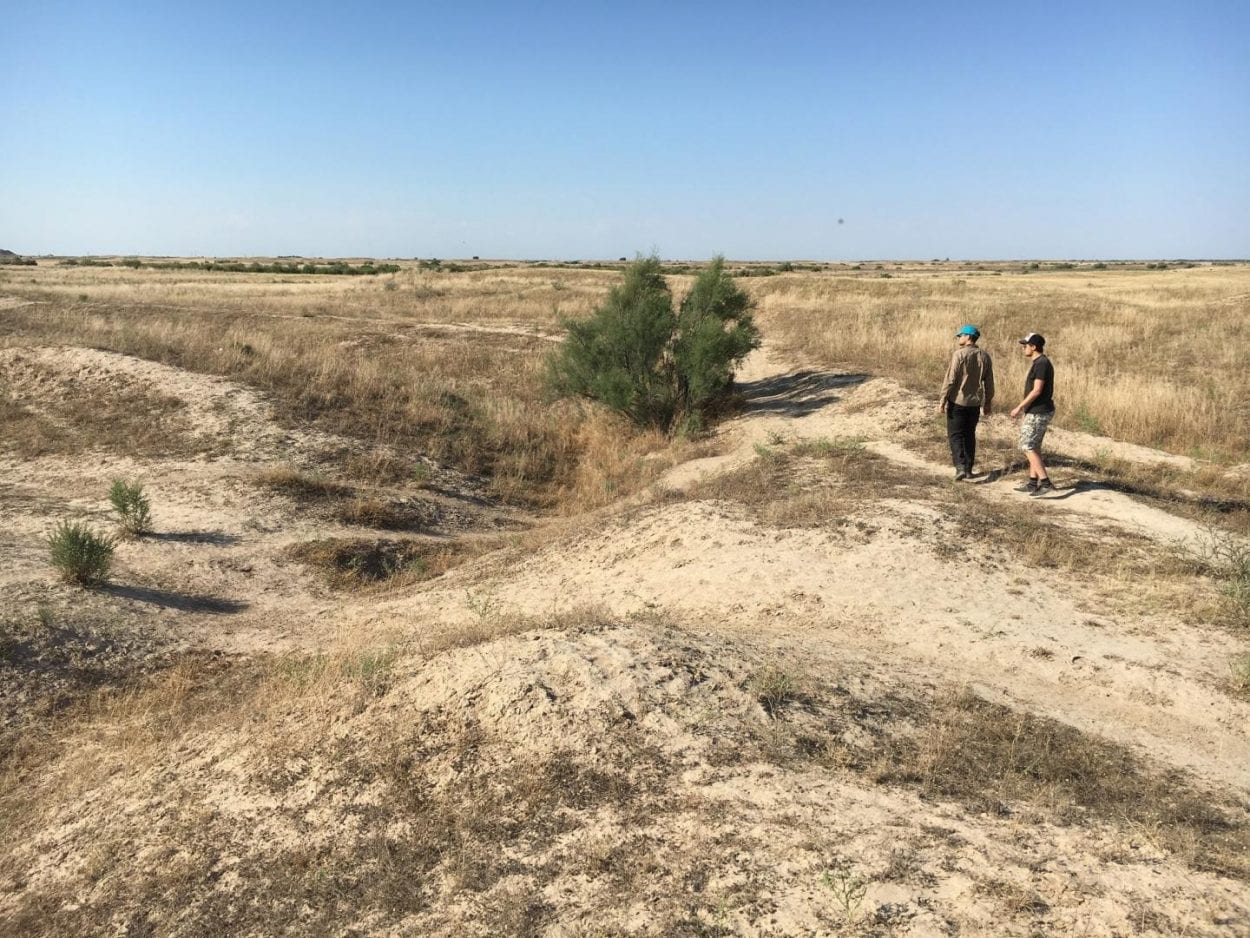A new study challenges the long-held view that the destruction of Central Asia’s medieval river civilizations was a direct result of the Mongol invasion in the early 13th century AD.
The Aral Sea basin in Central Asia and the major rivers flowing through the region were once home to advanced river civilizations which used floodwater irrigation to farm.
The region’s decline is often attributed to the devastating Mongol invasion of the early 13th century, but new research of long-term river dynamics and ancient irrigation networks shows the changing climate and dryer conditions may have been the real cause.
Research led by the University of Lincoln, UK, reconstructed the effects of climate change on floodwater farming in the region and found that decreasing river flow was equally, if not more, important for the abandonment of these previously flourishing city states.
Mark Macklin, author and Distinguished Professor of River Systems and Global Change, and Director of the Lincoln Centre for Water and Planetary Health at the University of Lincoln said: “Our research shows that it was climate change, not Genghis Khan, that was the ultimate cause for the demise of Central Asia’s forgotten river civilizations.
“We found that Central Asia recovered quickly following Arab invasions in the 7th and 8th centuries AD because of favourable wet conditions. But prolonged drought during and following the later Mongol destruction reduced the resilience of local population and prevented the re-establishment of large-scale irrigation-based agriculture.”
The research focused on the archaeological sites and irrigation canals of the Otrar oasis, a UNESCO World Heritage site that was once a Silk Road trade hub located at the meeting point of the Syr Darya and Arys rivers in present southern Kazakhstan.
The researchers investigated the region to determine when the irrigation canals were abandoned and studied the past dynamics of the Arys river, whose waters fed the canals. The abandonment of irrigation systems matches a phase of riverbed erosion between the 10th and 14th century AD, that coincided with a dry period with low river flows, rather than corresponding with the Mongol invasion.
Header Image – Researchers investigate an abandoned medieval canal, Otrar oasis, Kazakhstan. Image Credit : University of Lincoln





